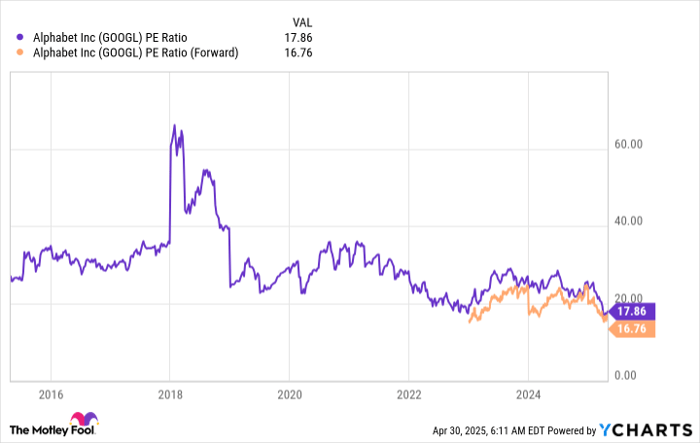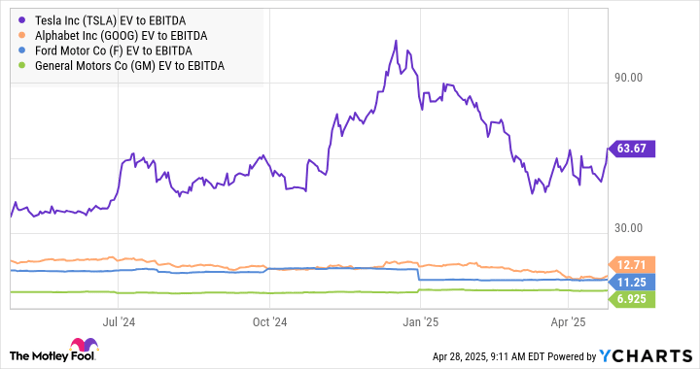Coffee Prices Fall Amid Tariff Concerns and Weather Impacts
July arabica coffee (KCN25) is down -17.90 (-4.47%), while July ICE robusta coffee (RMN25) has decreased by -242 (-4.51%).
Today, coffee prices dropped to one-week lows, reflecting a sharp decline. Prices fell due to worries that increased tariffs would elevate coffee costs and reduce demand. Multiple global importers, such as Starbucks, Hershey, and Mondelez International, expressed concerns that the U.S.’s baseline 10% tariff on imports would lead to higher prices and exert further pressure on sales volumes.
In Brazil, however, excessive rainfall has helped improve soil moisture levels, negatively affecting coffee prices. Somar Meteorologia reported that Minas Gerais, Brazil’s largest arabica coffee-growing region, received 38.7 mm of rain in the week ending April 19, marking 490% of the historical average.
Supply Trends and Price Dynamics
Last Tuesday, arabica coffee prices hit a 2.5-month high, while robusta reached a one-month peak due to predictions of a smaller Brazilian coffee crop. Rabobank noted that Brazil’s 2025/26 arabica coffee production is expected to decrease by 13.6% year-on-year to 38.1 million bags, attributed to dry conditions affecting coffee tree flowering. Conversely, robusta production is projected to increase by 7.3% year-on-year, reaching a record 24.7 million bags.
Supply concerns are currently supporting coffee prices. On April 9, Cecafe reported a 26% year-on-year drop in Brazil’s green coffee exports for March, totaling 2.95 million bags. The government crop forecasting agency Conab, on January 28, estimated that Brazil’s 2025/26 coffee crop would fall by 4.4% year-on-year to a three-year low of 51.81 million bags. Additionally, Conab revised its 2024 estimate to 54.2 million bags, down from 54.8 million.
Stock Levels and Export Reports
The current coffee supply situation shows mixed indicators. On Wednesday, ICE-monitored robusta coffee inventories fell to a four-month low of 4,225 lots, while arabica inventories increased to a 2.5-month high of 826,304 bags on Monday.
The aftermath of the dry El Niño weather last year may result in prolonged damage to coffee crops across South and Central America. Recent rainfall in Brazil has lagged behind historical averages, harming coffee trees during critical flowering periods and adversely affecting the forecast for Brazil’s 2025/26 arabica crop. According to Cemaden, last year’s weather was the driest Brazil has experienced since 1981. In Colombia, the world’s second-largest arabica coffee producer, recovery from the El Niño-induced drought is ongoing.
Robusta prices are also influenced by declining production levels. Vietnam’s coffee production for the 2023/24 crop year fell by 20% to 1.472 million metric tons, marking the smallest yield in four years. The General Statistics Office of Vietnam reported a 17.1% year-on-year decrease in coffee exports for 2024, totaling 1.35 million metric tons. Moreover, the Vietnam Coffee and Cocoa Association revised its 2024/25 production estimate down to 26.5 million bags from 28 million, while customs data revealed a 15.3% year-on-year decline in coffee exports from January to March.
Global Export Trends and Future Projections
Bearish indicators for coffee prices stem from rising global exports. Conab reported that Brazil’s coffee exports for 2024 increased by 28.8% year-on-year to a record 50.5 million bags. However, the International Coffee Organization noted a 12.4% year-on-year decline in global coffee exports for December, totaling 10.73 million bags, while totals for October to December saw a 0.8% year-on-year fall to 32.25 million bags.
In its biannual report released on December 18, the USDA presented a mixed outlook for coffee prices. The USDA’s Foreign Agriculture Service projected a 4.0% year-on-year increase in world coffee production for 2024/25, totaling 174.855 million bags. This includes a 1.5% increase in arabica production to 97.845 million bags and a 7.5% uptick in robusta production to 77.01 million bags. Furthermore, the USDA forecasted that 2024/25 ending stocks will drop by 6.6% to a 25-year low of 20.867 million bags from 22.347 million bags in 2023/24.
For the 2025/26 marketing year, Volcafe reduced its Brazil arabica coffee production estimate to 34.4 million bags, down approximately 11 million bags from an earlier forecast. This suggests a global deficit of 8.5 million bags for 2025/26, wider than the 5.5 million bag deficit expected for 2024/25, signaling a trend of consecutive year-over-year deficits.
On the date of publication, Rich Asplund did not have (either directly or indirectly) positions in any of the securities mentioned in this article. All information and data in this article is solely for informational purposes. For more information, please view the Barchart Disclosure Policy here.
More news from Barchart
The views and opinions expressed herein are the views and opinions of the author and do not necessarily reflect those of Nasdaq, Inc.


